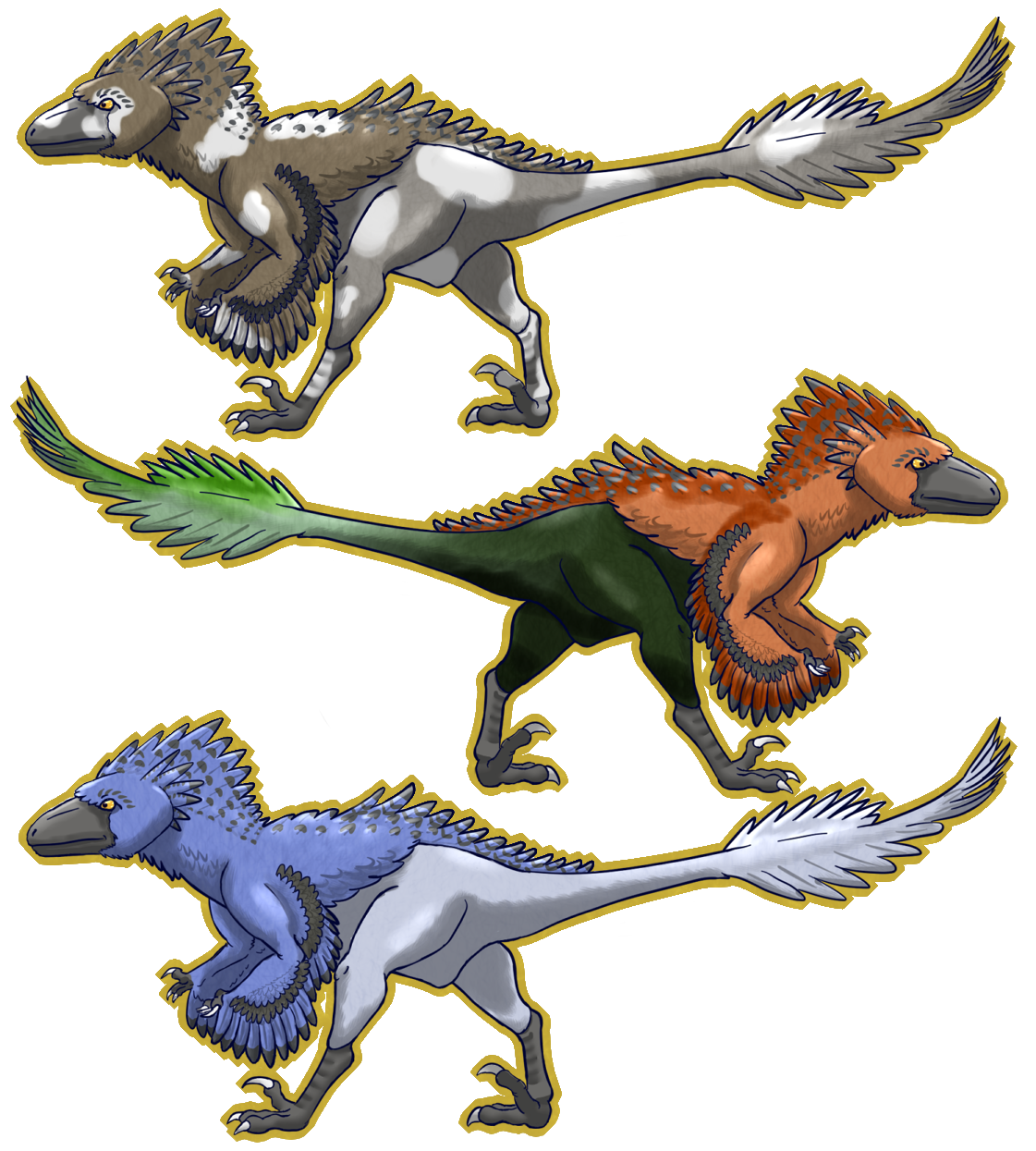
Some male-morphed lyraik color patterns by Naelin
They have black markings over their eyes and on the tips of their wings, and some breeds may have other markings in different parts of their bodies.
They are born featherless and develop a cover of short fuzz on the first two days of their life, and will be covered by short, light feathers in all of their body until reaching maturity when they will get their darker adult plumage on the front half of their body.
Breeds
Lyraiks have been selectively bred for millennia to achieve a lot of desired characteristics. Breeds have been created that are specialized on hunting specific creatures, on herding, or guarding their homes. In recent times, with the development of cities, people began focusing on creating easy to train, docile breeds, while also trying to achieve pretty, showy colours.
While pale-brown variants are more common, new colour patterns became extremely popular, especially variants with more than one base colour. Lyraiks can now be found in almost any colour, including piebald ones, with blue, white and red ones being very popular.
Lyraiks are oviparous,
secuential hermaphrodites that spend most of their life with a
neuter sex. The creature possesses both male and female reproductive organs, both inactive and shrunken, until the mating season which occurs once a year at the start of spring, during the month of Sowing. Once the season is approaching, the individuals of fertile age will start morphing: Most of them will turn into females, and a small percentage, usually around 1 in 10, will turn into males. Which lyraiks will turn into males seems to depend on the population density of the area and the overall health of the individual, but it is very common for the same individual to get different sexes across their lives, and it is, in fact, unusual for the same lyraik to become male twice in successive years.
If a lyraik lives completely isolated from others of the same species, it will stay neuter and will not become fertile until it approaches a breeding season being on the proximity of another.
Neuter morph

Lyraik, neuter aspect by Naelin
Lyraiks spend most of the time on this shape. Except in the case of selectively-bred breeds, neuter lyraiks have no ornamental feathers and only have feather patterns over their eyes and at the tip of the wings.
Their reproductive organs stay shrunken and inactive inside their body until hormonal changes develop one of their two reproductive aspects.
A lyraik may stay neuter during the breeding season if it is too young, sick, weak from a previous breeding season, or due to hormonal issues. It is usual, and not necessarily a sign of something being wrong, for a lyraik to skip a breeding season if they have been taking care of a litter the previous year.
Female Morph
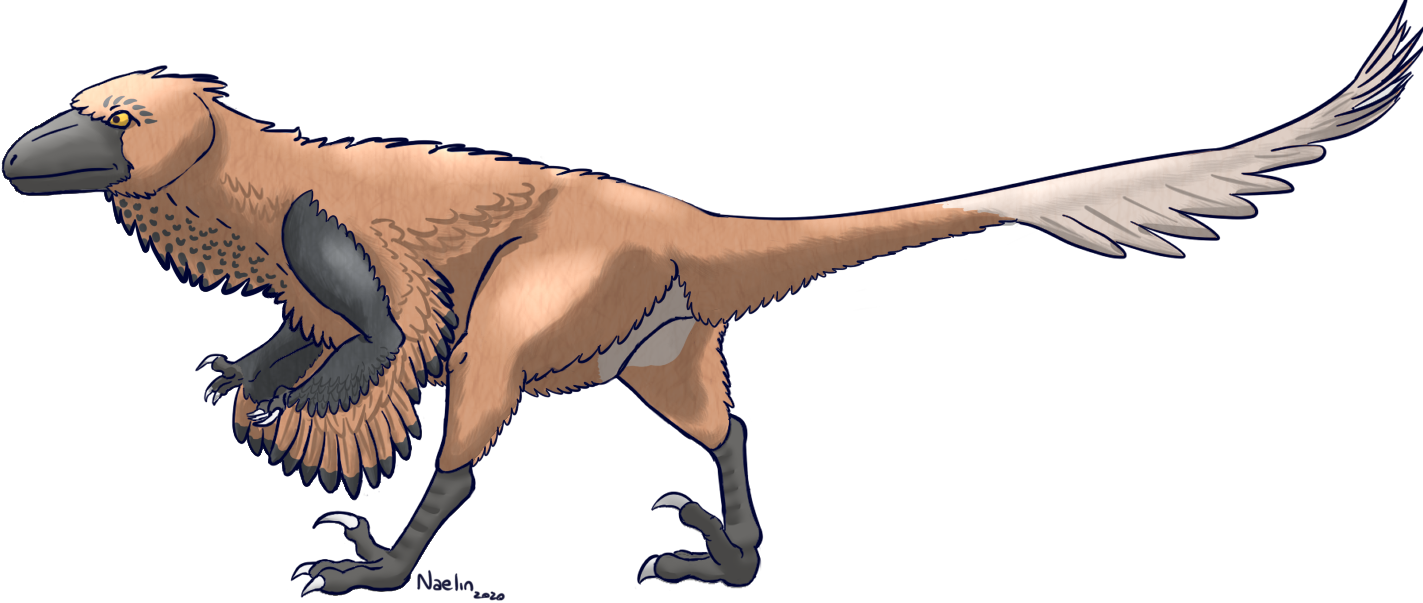
Female morphed Lyraik by Naelin
Most lyraiks will turn into females for the breeding season. Their ovaries and oviducts will develop and they will start generating eggs inside their bodies, as their external appearance changes, getting a thick layer of fluffy, dark-coloured feathers, especially on the lower half of their body, that they will use to incubate their eggs. The upper and front side of their arms will gain a patch of black feathers.
They will lay between three and seven eggs after several matings, which, in large populations, can be fathered by more than one male. The eggs will be incubated for around 45 days when they will start hatching, after which the mother will take care of her babies for about the other two months.
Male Morph
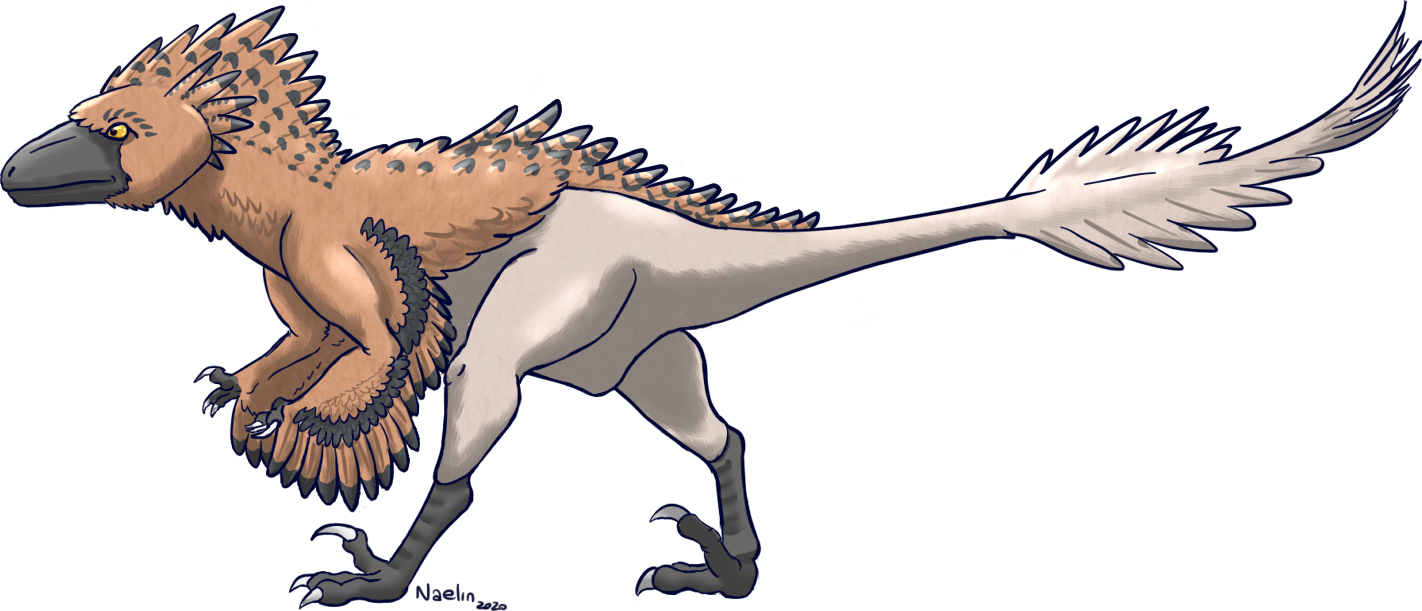
Male morphed Lyraik by Naelin
Around one-tenth of the lyraik population will morph into males. Their penis and testicles will develop, and they will gain a layer of long, ornamental feathers at the top of their head, back and tail, which usually have patterns and can have strong, vivid colours, especially in selectively-bred ornamental breeds. They will also gain a long, dark marking on their wings, where the arms end and the long feathers start.
Male-morphed lyraiks will try to mate with as many females as possible over a short period of time, during which they may eat and sleep very little, generating a big strain on their bodies. For this reason, and possibly to reduce inbreeding, it is unusual for an individual to turn male two consecutive years.

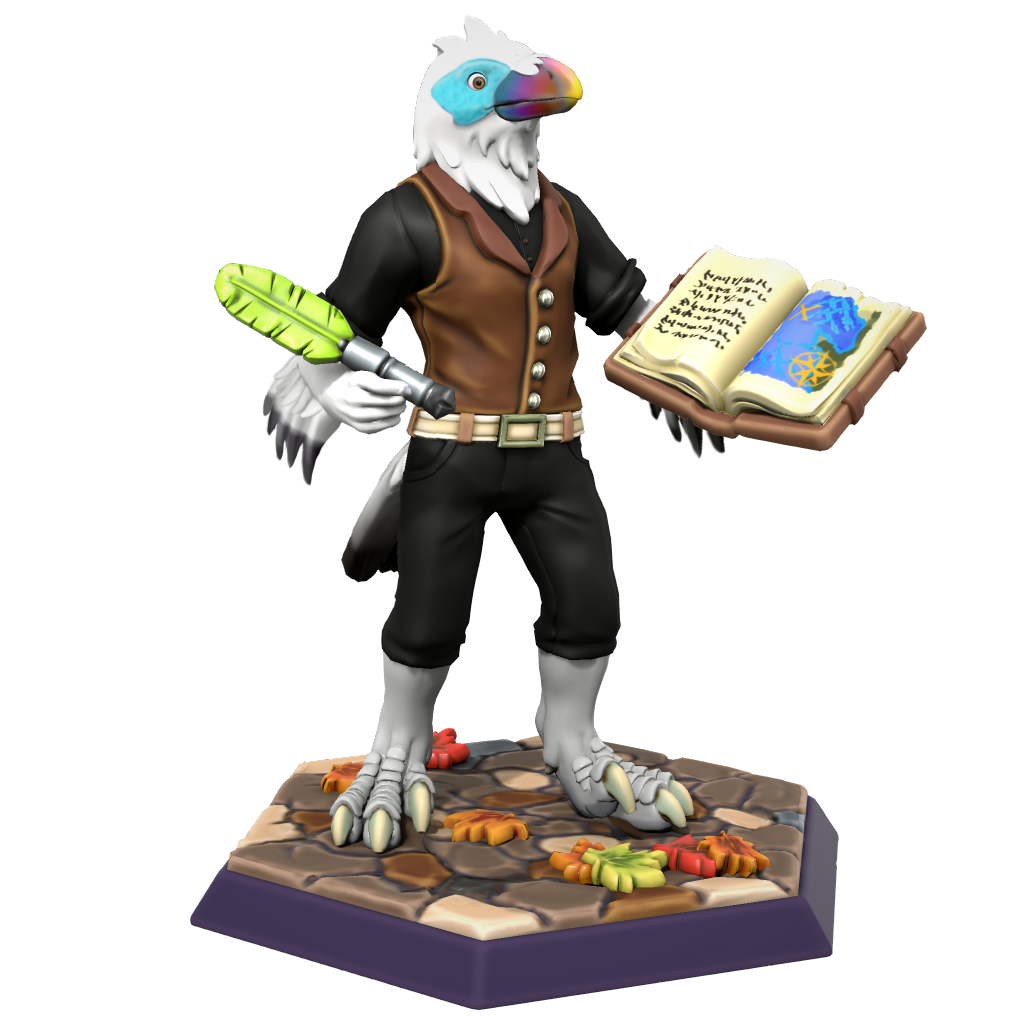


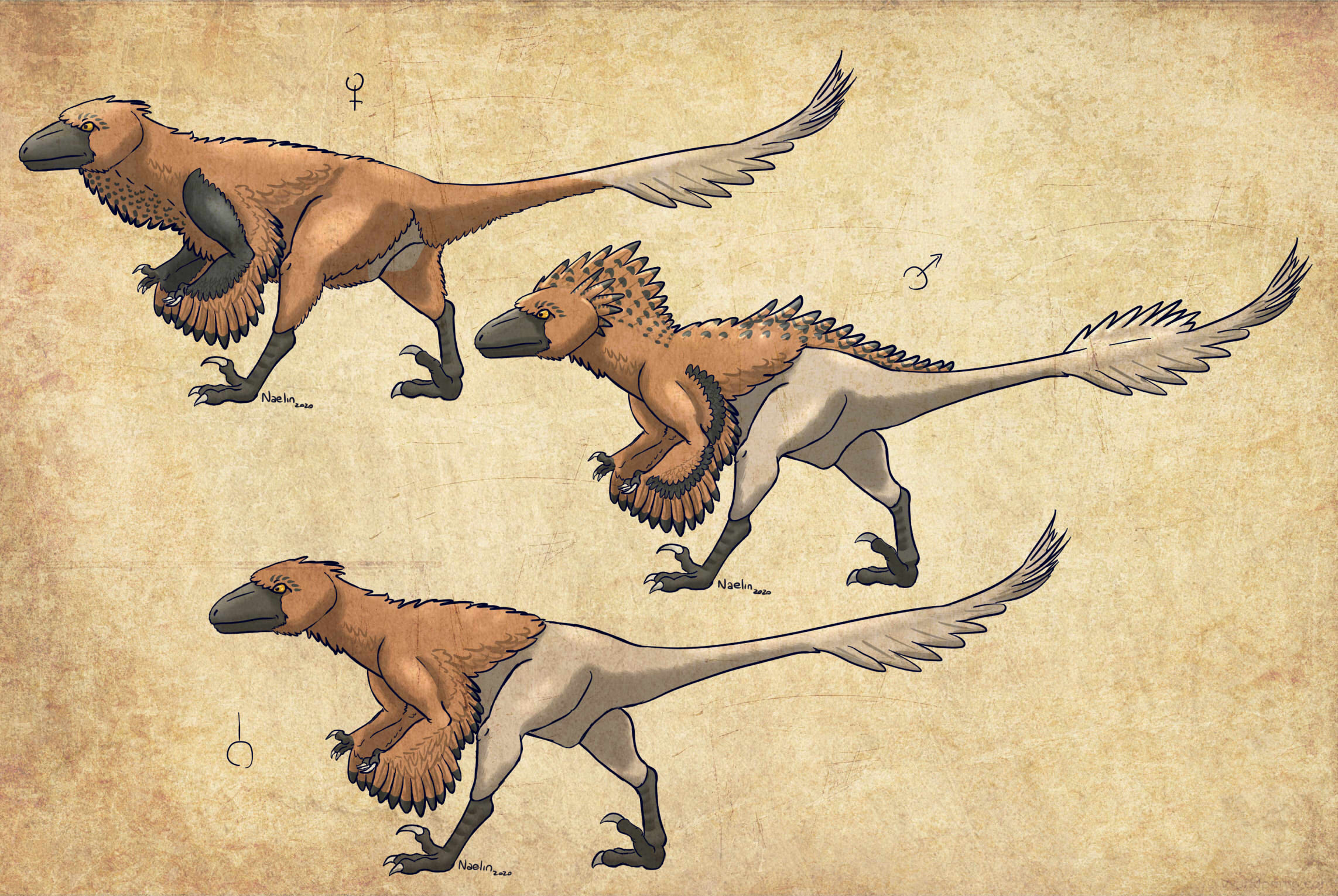
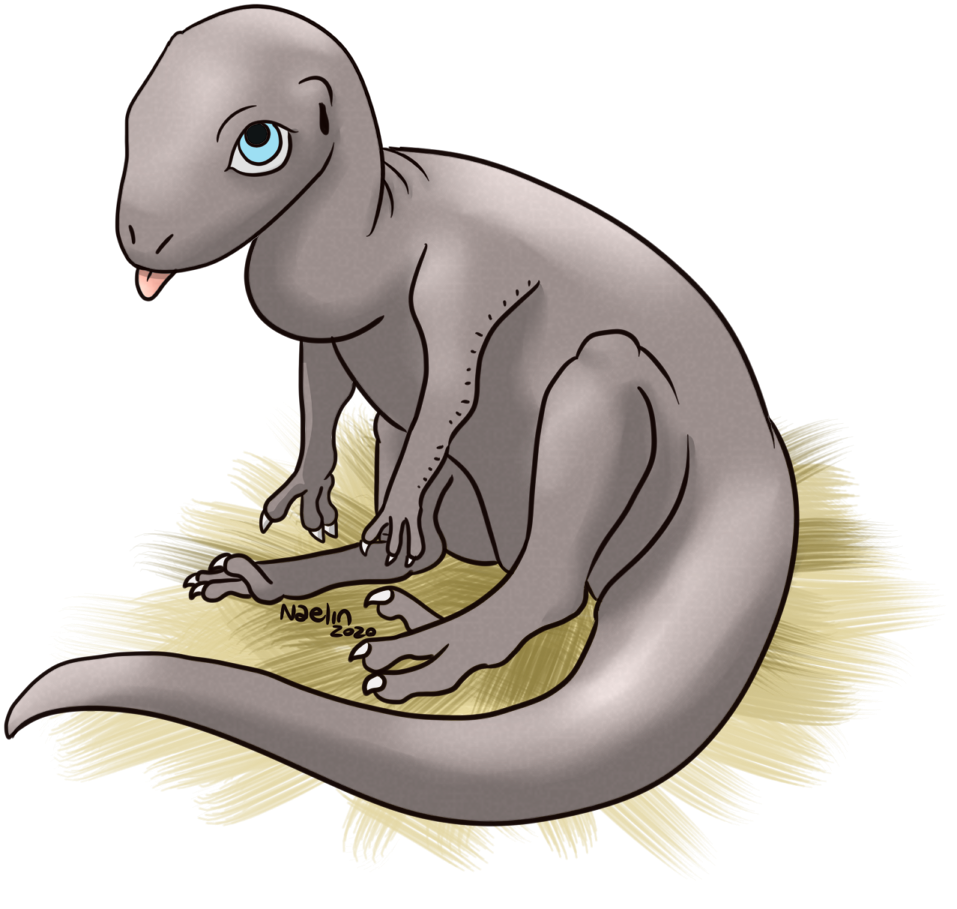
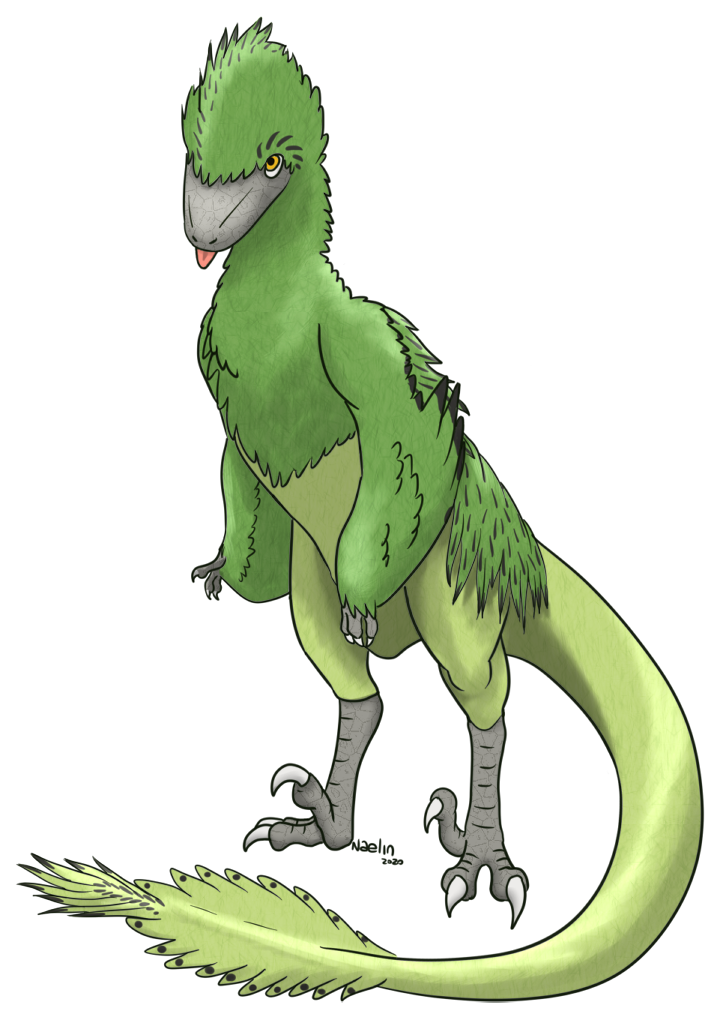






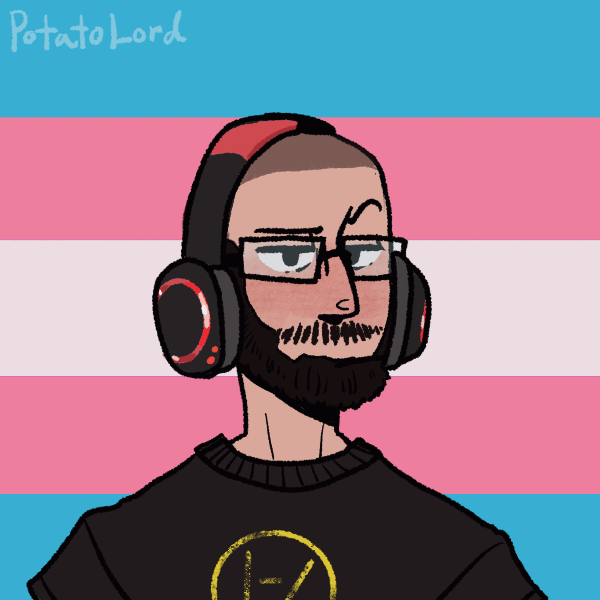
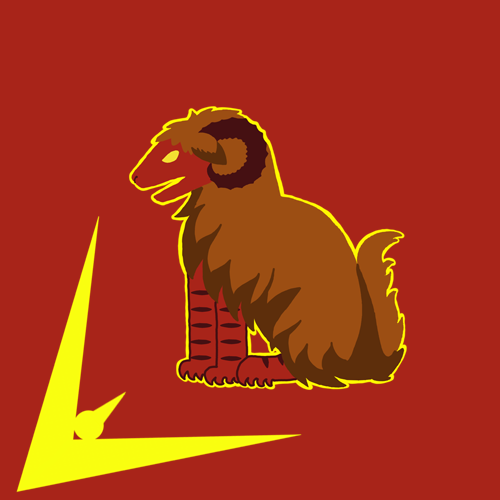
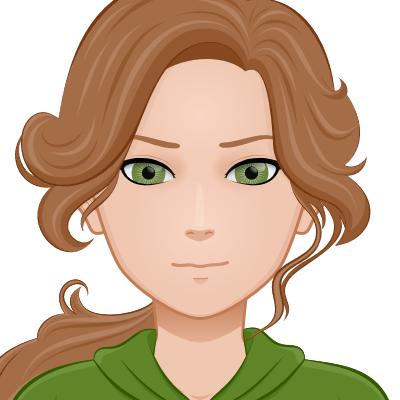


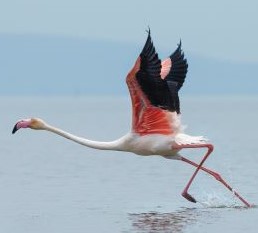
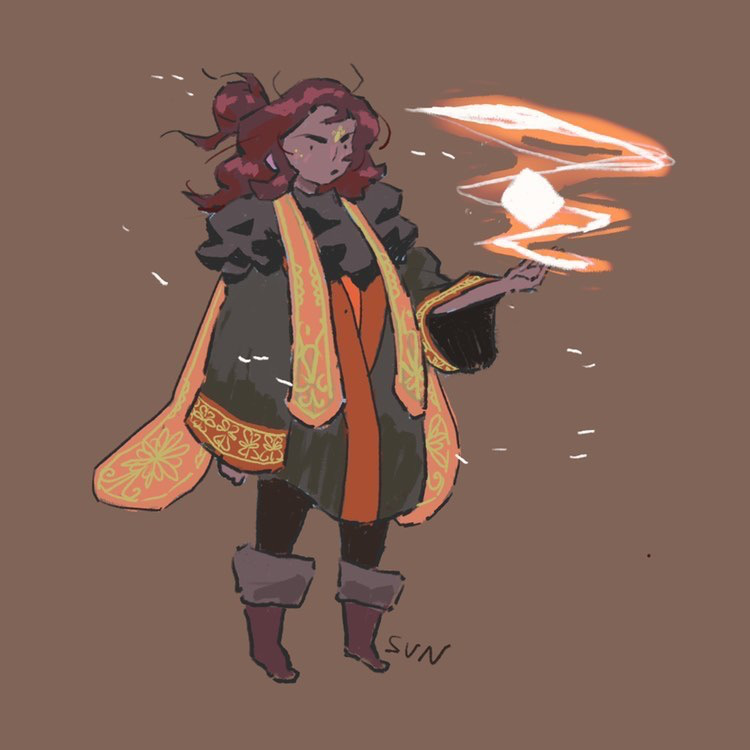
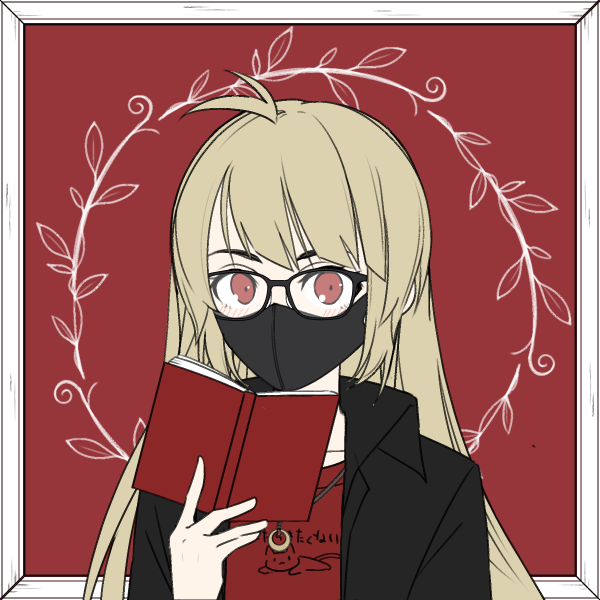
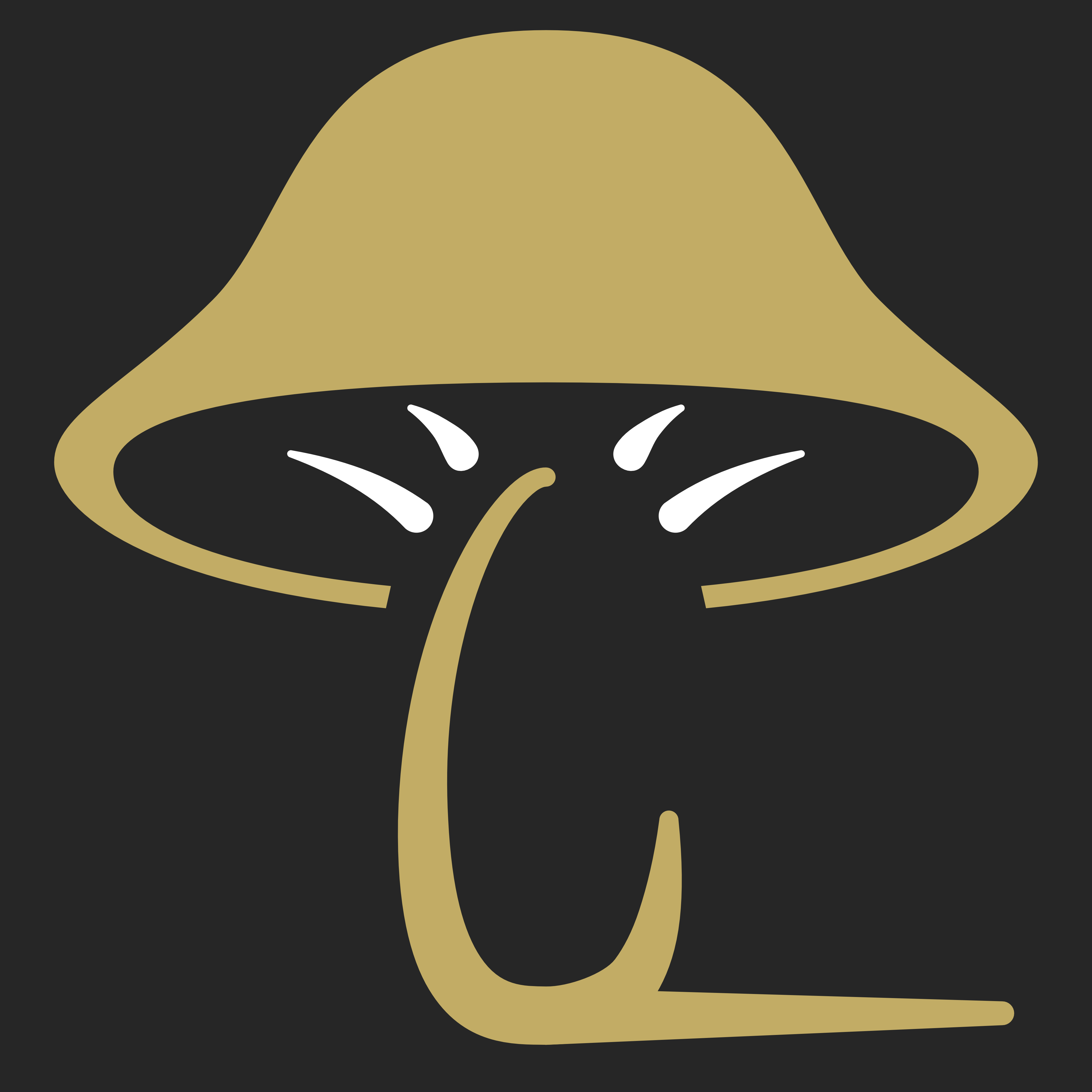
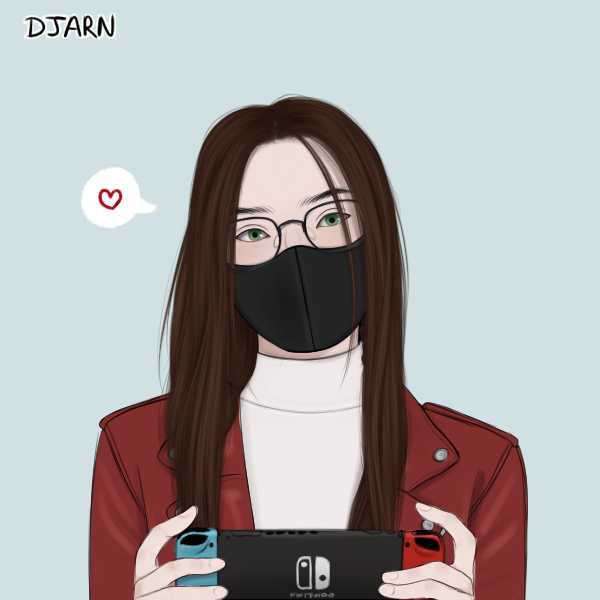
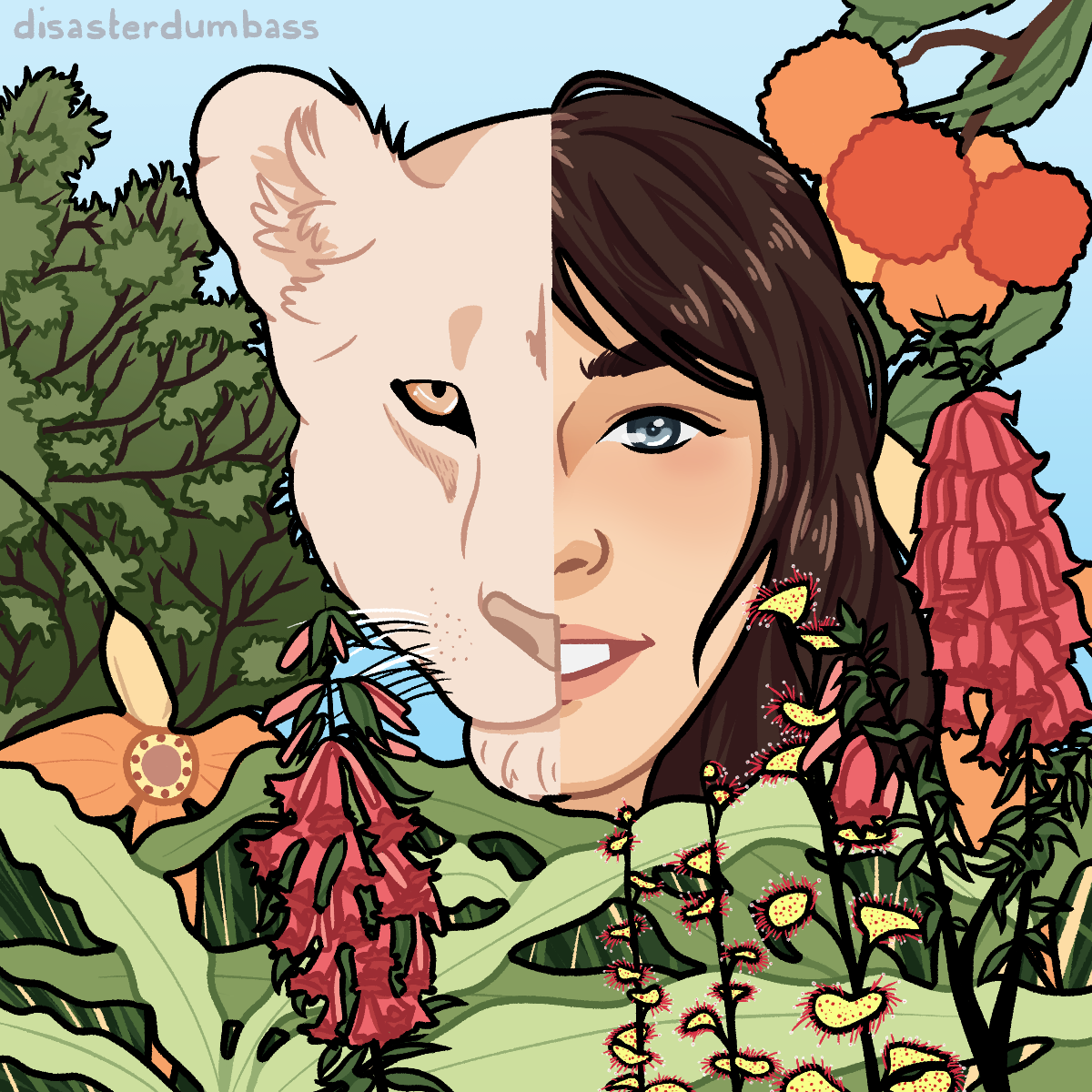



*pets the lyraik* I NEED 10 OF THEM! THEY SO CUTEEEEEE
Cool reads: Reaching the Meeraz | University of Delavar | Meeraz Morrow | Catoblepon's rambles
WHO'S A GOOD RAPTOR? YOU ARE A GOOD RAPTOR